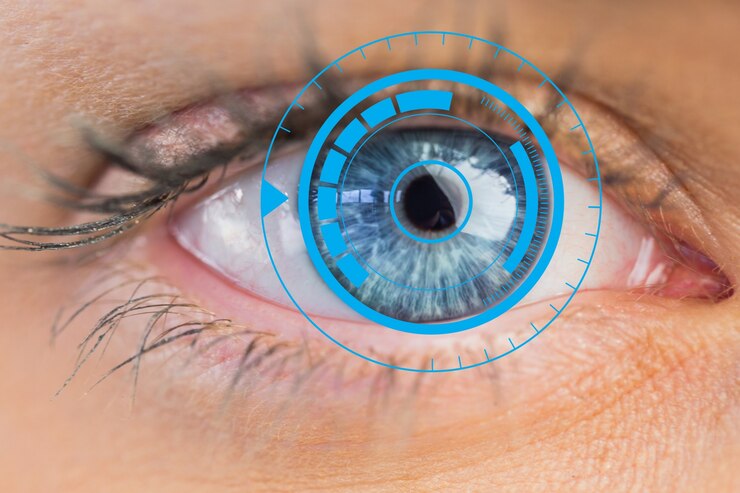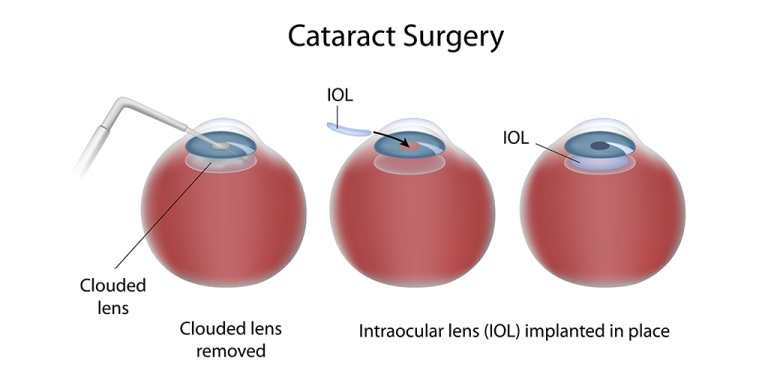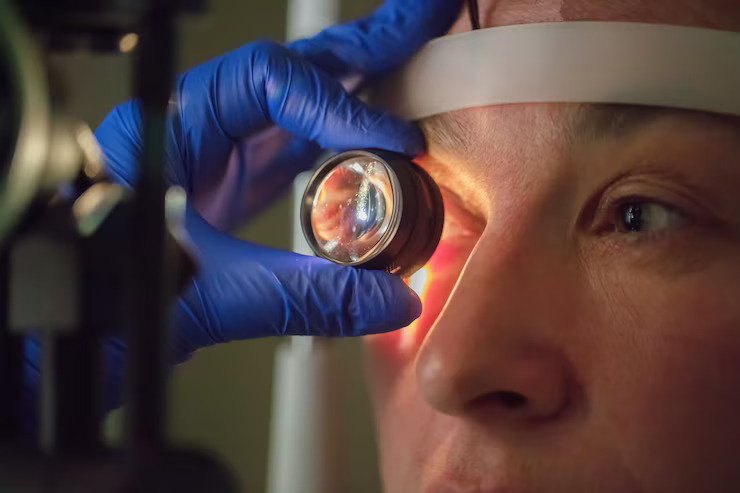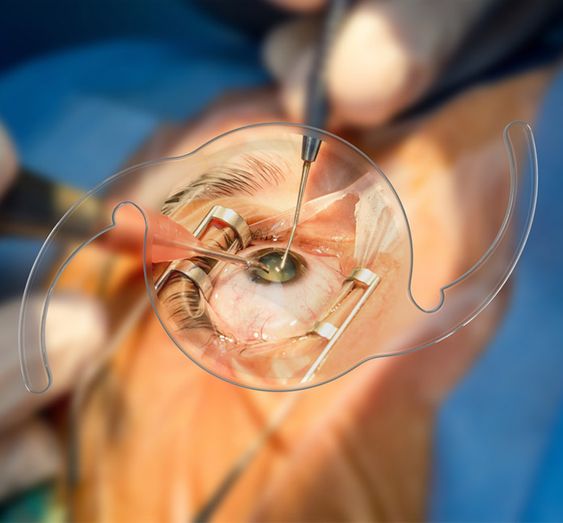Customized Cataract Surgery: Personalized Treatment Approaches For Better Outcomes
Cataract surgery is one of the most commonly performed surgical procedures worldwide, offering restoration of vision for millions of individuals affected by cataracts. With advancements in technology and surgical techniques, customized cataract surgery has emerged as a paradigm shift in the field. This approach tailors treatment to the specific needs and characteristics of each patient, leading to improved outcomes and enhanced patient satisfaction. In this article, we will explore the principles of customized cataract surgery, the technologies involved, and its impact on visual outcomes.
Understanding Customized Cataract Surgery
Traditional cataract surgery involves the removal of the clouded lens and replacement with an intraocular lens (IOL) of predetermined power. While this approach is effective for many patients, it may not address individual variations in ocular anatomy, refractive errors, and lifestyle preferences. Customized cataract surgery, on the other hand, adopts a personalized approach to optimize visual outcomes and meet the unique needs of each patient.
Personalized Treatment Approaches
Preoperative Assessment: Customized cataract surgery begins with a comprehensive preoperative assessment to evaluate various aspects of ocular health and vision. This may include measurements of corneal curvature, axial length, and anterior chamber depth using advanced diagnostic tools such as optical biometry, corneal topography, and anterior segment imaging. Additionally, assessment of ocular surface health, tear film stability, and pupil size can influence surgical planning and postoperative outcomes.
Biometry and IOL Selection: Accurate biometry is crucial for determining the appropriate power and type of IOL to achieve the desired refractive outcome. Customized cataract surgery utilizes advanced biometric techniques, such as optical coherence tomography (OCT) and ray-tracing aberrometry, to obtain precise measurements of ocular parameters. This enables surgeons to select IOLs that correct preexisting refractive errors, such as myopia, hyperopia, and astigmatism, thereby reducing the need for glasses or contact lenses postoperatively.
Astigmatism Management: Astigmatism is a common refractive error that can compromise visual acuity following cataract surgery. Customized cataract surgery employs techniques to address astigmatism and improve visual outcomes. This may include the use of toric IOLs, which have specific astigmatism-correcting properties, or adjunctive procedures such as limbal relaxing incisions (LRIs) or laser-assisted astigmatism correction (LAC) to reshape the cornea and reduce astigmatism.
Multifocal and Extended Depth of Focus (EDOF) IOLs: Patients undergoing cataract surgery often have diverse visual needs and lifestyle preferences. Customized cataract surgery offers a range of premium IOL options, including multifocal and EDOF lenses, which provide enhanced depth of focus and reduced dependence on glasses for near–, intermediate–, and distance vision. These advanced IOLs can improve functional vision and quality of life for patients seeking greater spectacle independence.
Intraoperative Guidance: During cataract surgery, real-time intraoperative guidance technologies can enhance surgical precision and safety. Customized cataract surgery may incorporate intraoperative aberrometry systems, which provide immediate feedback on refractive error and IOL power calculation accuracy, allowing surgeons to make adjustments as needed to optimize visual outcomes.
Impact on Visual Outcomes and Patient Satisfaction
Customized cataract surgery has demonstrated significant benefits in terms of visual acuity, refractive accuracy, and patient satisfaction. Studies have shown that personalized treatment approaches result in fewer postoperative complications, reduced reliance on glasses or contact lenses, and higher rates of spectacle independence. By addressing individual visual needs and preferences, customized cataract surgery enhances overall visual function and improves patients’ quality of life.
Conclusion
Customized cataract surgery represents a paradigm shift in the field of ophthalmology, offering personalized treatment approaches tailored to the specific needs and characteristics of each patient. By utilizing advanced diagnostic technologies, personalized IOL selection, astigmatism management techniques, and intraoperative guidance systems, customized cataract surgery optimizes visual outcomes and enhances patient satisfaction. As technology continues to evolve, customized cataract surgery holds promise for further improving surgical outcomes and expanding treatment options for patients with cataracts.








